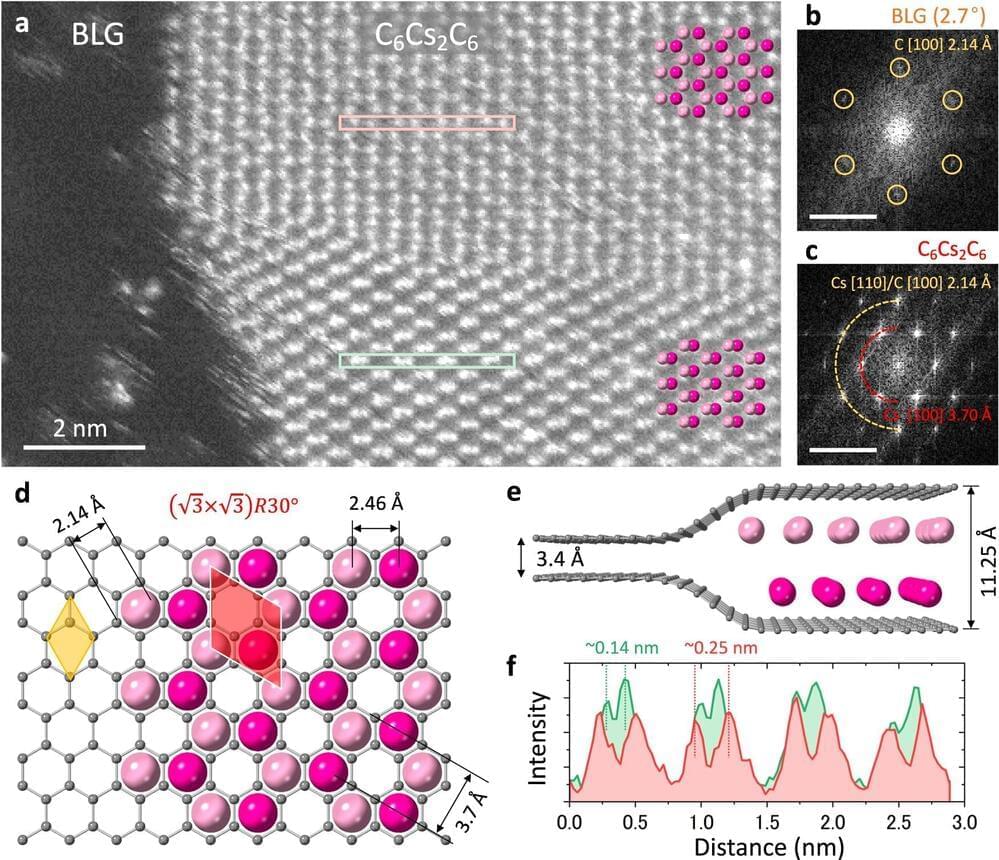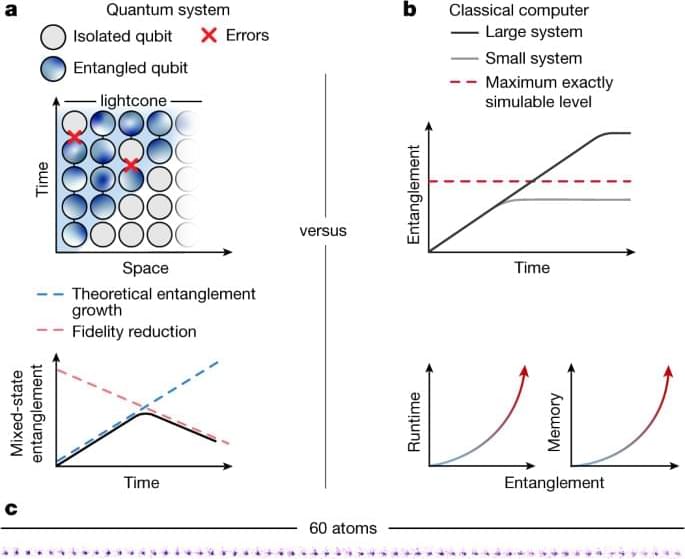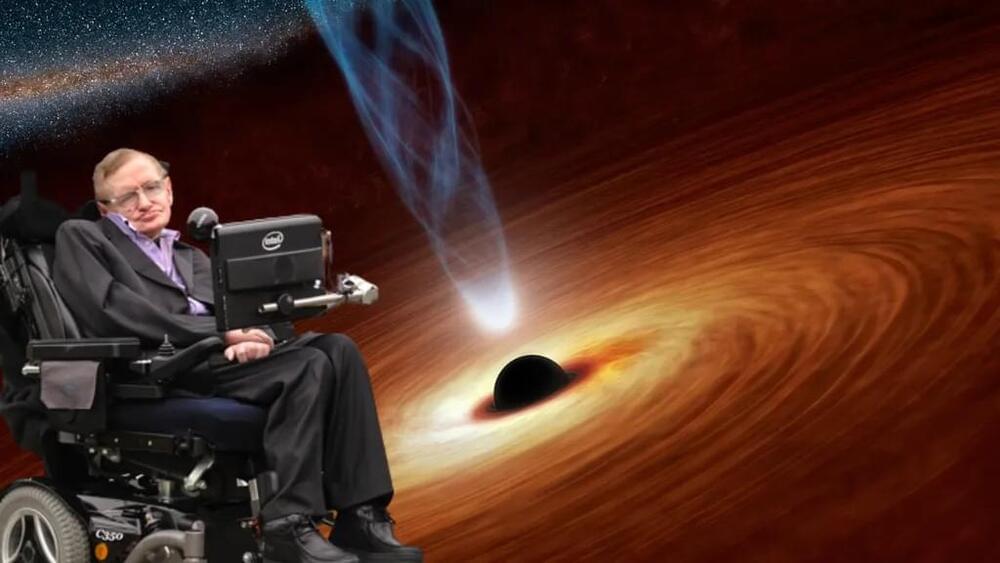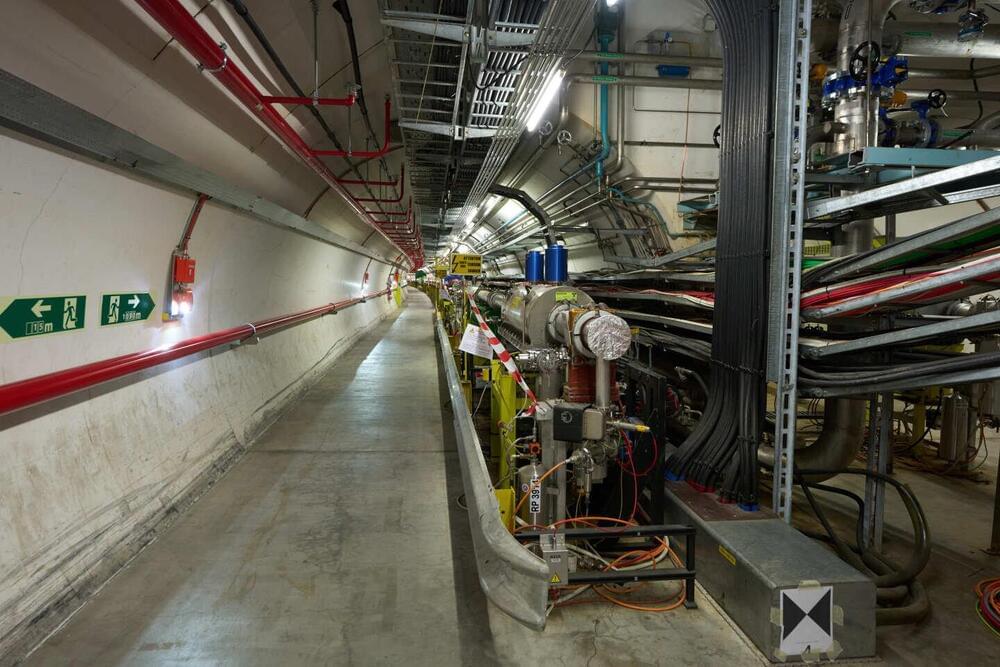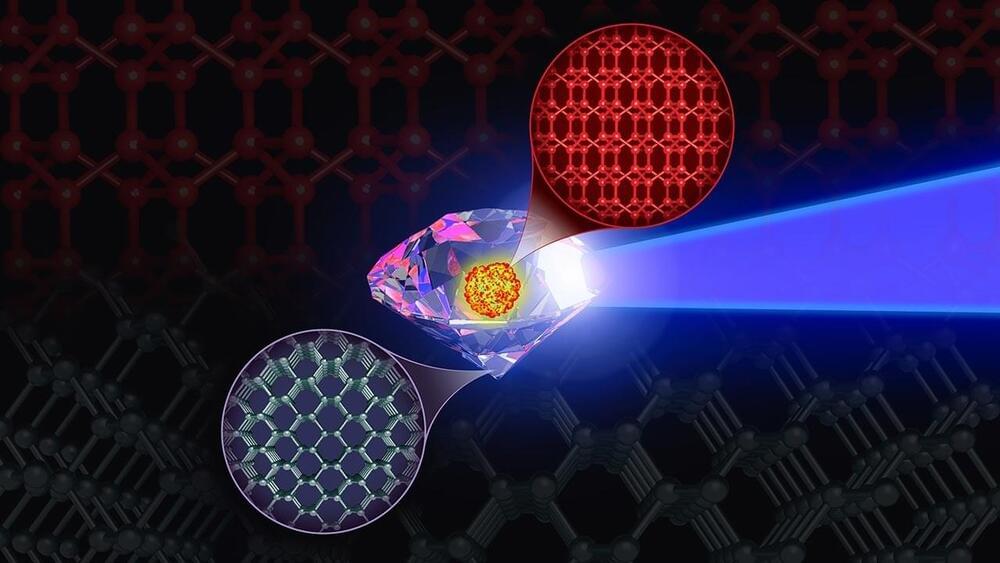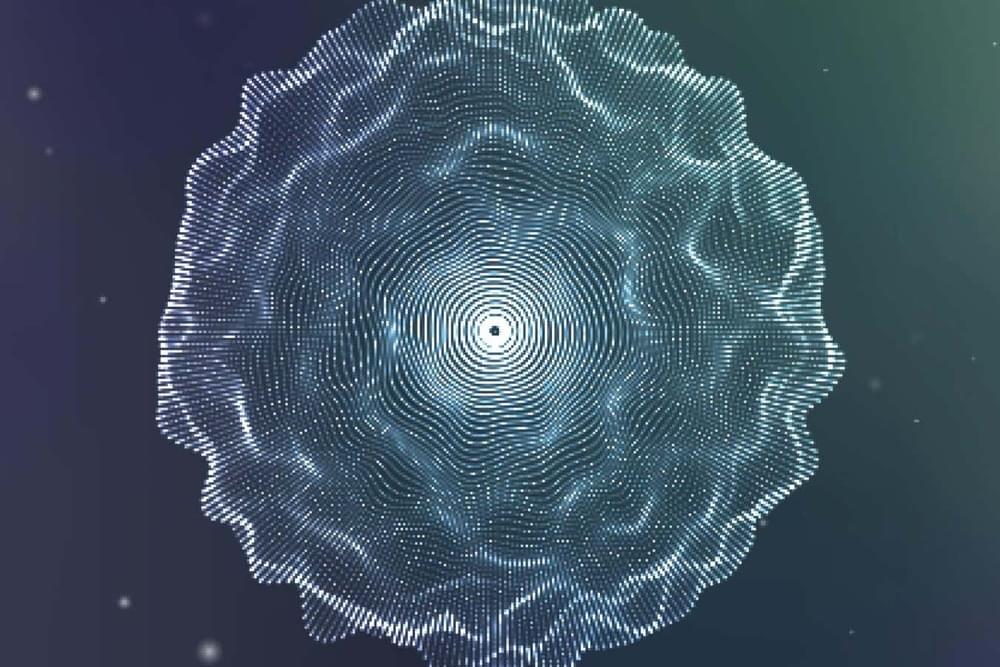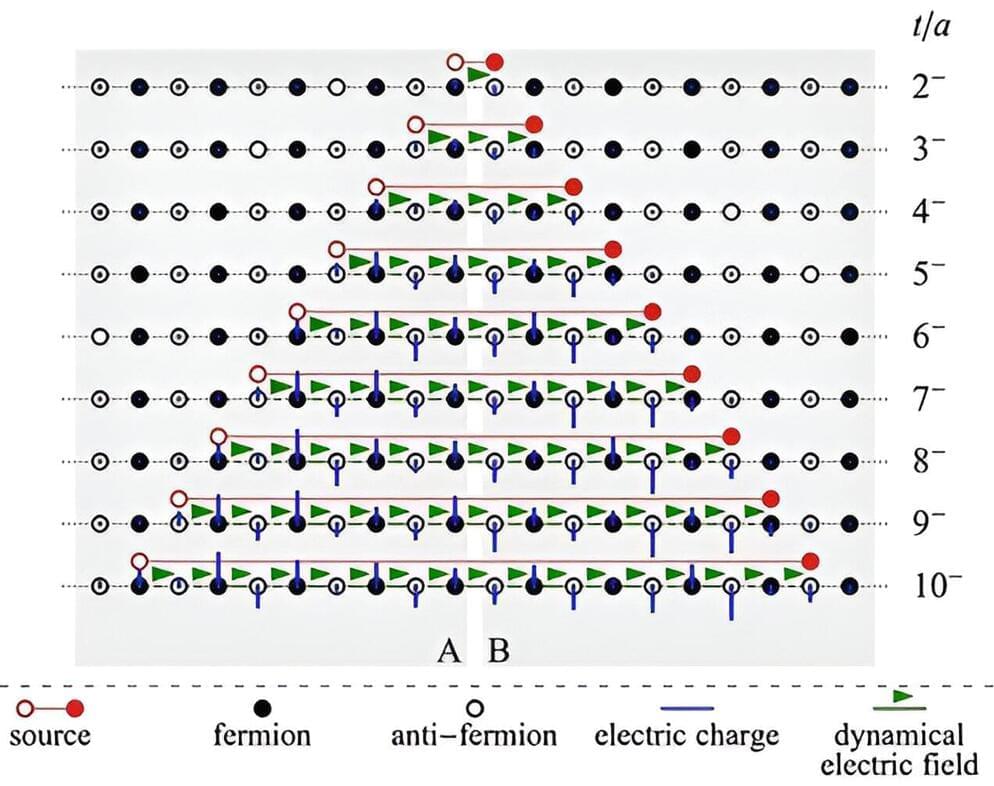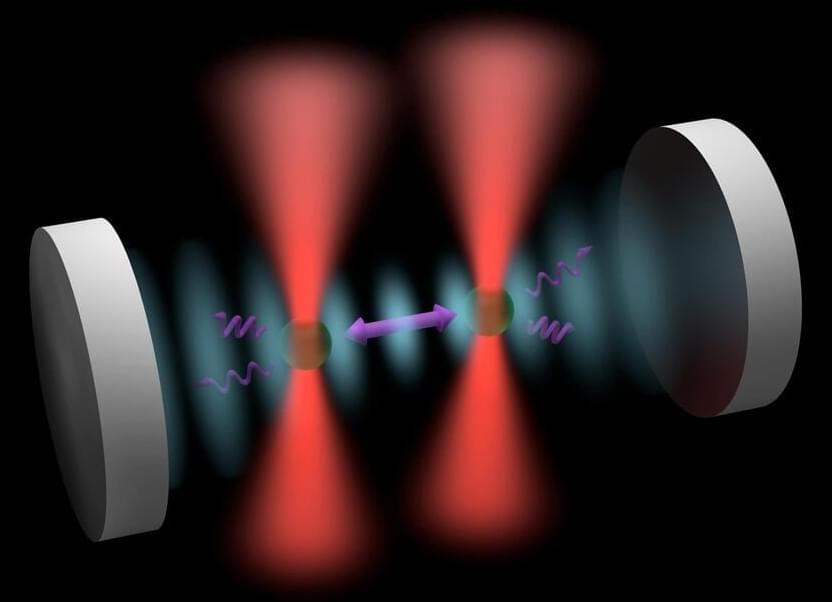For the past hundred years, it has been widely recognized through X-ray and electron diffraction measurements that graphene interlayers can only accommodate a single layer of alkali metal. Each layer being fully filled by single layer alkali metal atoms is considered the theoretical charging limit.
However, there have been no reports of studies directly observing the atomic arrangement of interlayer alkali metals and verifying whether graphene layers can only accommodate a single layer of alkali metal atoms or whether other techniques can achieve higher density or multiple layers of alkali metals.
The research team developed a technique to insert dense alkali metals between graphene layers. Utilizing a high-performance low-voltage (60 kV) electron microscope, they have successfully observed the arrangement structure of alkali metal atoms between the graphene layers. The alkali metals are found densely packed in a two-layer structure in both bilayer graphene and in the surface layer graphite due to the flexible extension ability of their interlayer spacing.
